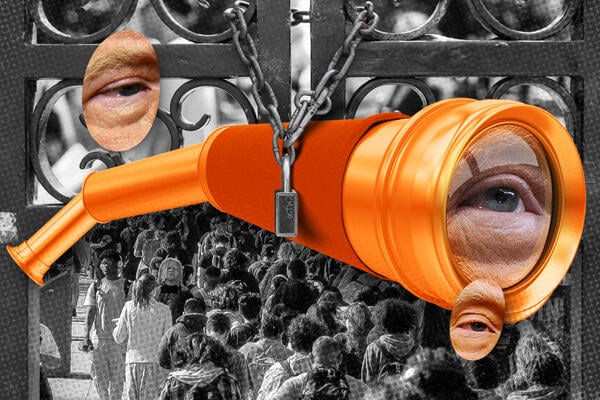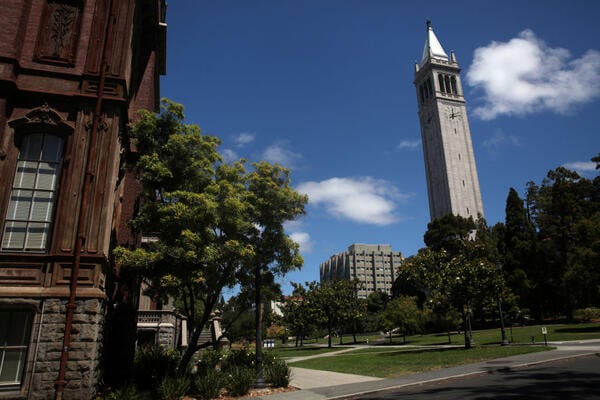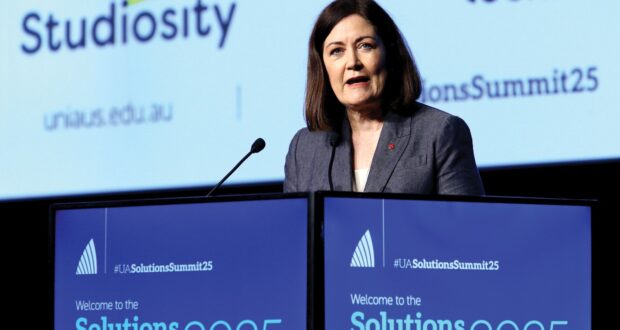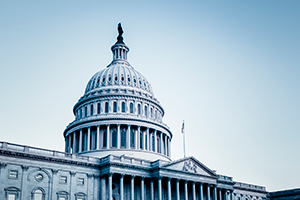It should come as little surprise – given the scale and complexity of the challenge – that the government sees investing in research and innovation (R&I), and the accompanying promise of new technologies and ideas, as key to achieving its complex policy goals of growing the economy, transitioning to clean power, and modernising the NHS.
After all, history shows that state backing of R&I to overcome a range of problems – particularly in times of crisis – is hardly a novel idea. If the rapid technological advances witnessed in the 1940s to support the war effort are receding further into the past, then memories of the mass Covid-19 vaccine rollout at least remain fresh.
With this in mind, the government’s commitment “to promote innovation and harness the full potential of the UK’s science base” through “protecting record funding for research and development” is merely the latest example of those in power acknowledging the vast capacity of R&I to transform society.
This tradition at least partly explains the strong international reputation the UK has accumulated over the years in the field of R&I, with UK Research and Innovation (UKRI) – the country’s largest single public funder of R&I – at the forefront.
In 2023–24, UKRI assessed 28,866 applications for competitive grant funding, ultimately spending £6 billion on R&I grants. Its recently approved projects have included funding for very early-stage research in microbial fuel cells and hydrogen purification, and the development of bone stem cell and biomaterial technology to reduce infection rates and the cost of hip repairs.
In short, UKRI plays a critical role in the country’s R&I ecosystem, supporting cutting-edge work that feeds not only into the government’s environmental and health policy ambitions, but in other areas too.
And by looking at the effectiveness of UKRI’s grant support, the National Audit Office (NAO) has identified some lessons for government that can serve a very useful, and much broader, purpose when it comes to tackling the major challenges facing the country.
Lessons learned
First is the importance of taking a planned and coordinated approach to R&I, which involves using good quality information on funding and knowing how to build a base to innovate in each research area. Government departments should be aware of other organisations with related objectives, determine whether they are also putting funds or resources into trying to innovate in that area, and identify potential linkages with their own workstreams.
This “portfolio” approach to innovation is a key component in well-managed risk taking, which brings us to our second lesson: the need to establish a clear and effective risk appetite, and put in place the organisational cultures and processes that can support bold decision-making. Innovation – the act or process of doing something that has not been done before – goes hand-in-hand with risk. Embracing it requires the knowledge and the confidence in accepting that things may not turn out quite as intended, or may even fail together.
The head of the NAO said as much in his recent address in Parliament, where he called on the government to unlock the vast opportunities for boosting productivity and strengthening resilience in the public sector by adopting a fast-learning approach when investing in innovation: in other words, learning quickly what works and what does not, so that failed projects can be promptly scrapped in favour of redirecting energy and resources to more promising ideas.
Ultimately, a coherent, comprehensive and clearly communicated risk appetite can help organisations reap substantial rewards, more than offsetting the disappointment of unsuccessful ventures.
Third is the caveat that while a clear plan, coordination and risk appetite can lead to successes, the full benefits of innovation cannot be realised without effective monitoring and evaluation. As well as evaluating programmes on a macro level, organisations should regularly draw together learning by theme (such as in a specific research area), with the support of strong data systems. Doing so can ensure that they effectively capture cumulative learning and develop a well-rounded understanding of which innovations are working well, which ones are not, and why.
Across the whole of government
Arguably the most important lesson of all, however, is remembering that these insights cut across the whole of government and need not be strictly applied to the domain of R&I. The projects funded by UKRI may be operating on the frontier of scientific and technological research, but this does not mean that what we learn about their approaches to innovation cannot be applied to other government contexts.
If government is to achieve its long-term policy goals, it must do more to identify the public spaces where innovation is lacking, and take measures to reverse this trend. This includes breaking down the barriers that are preventing some organisations from adopting the right culture to allow innovation to flourish. It would do well to start with taking on board some of the lessons learned from UKRI’s approach.











